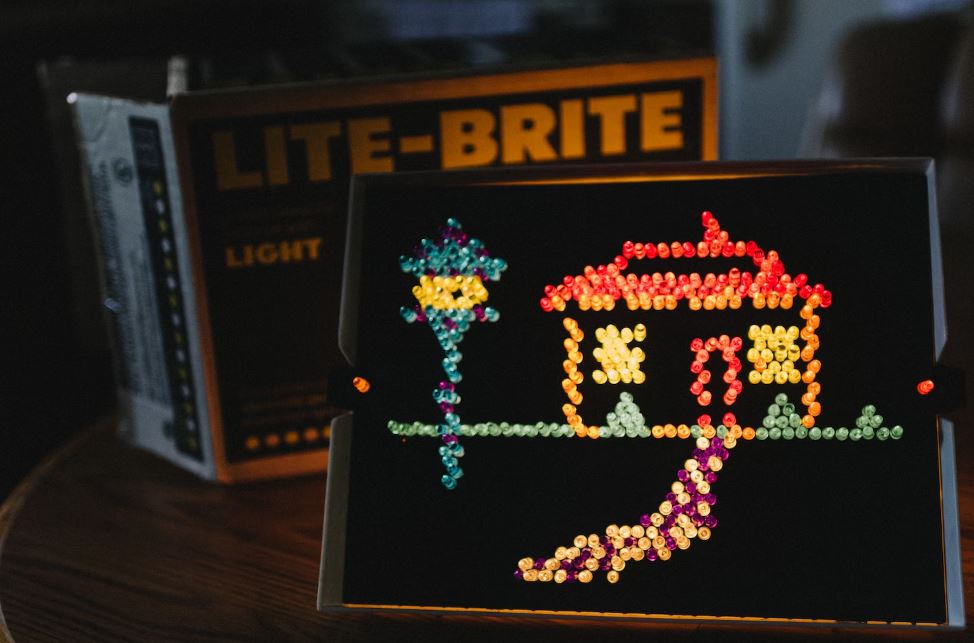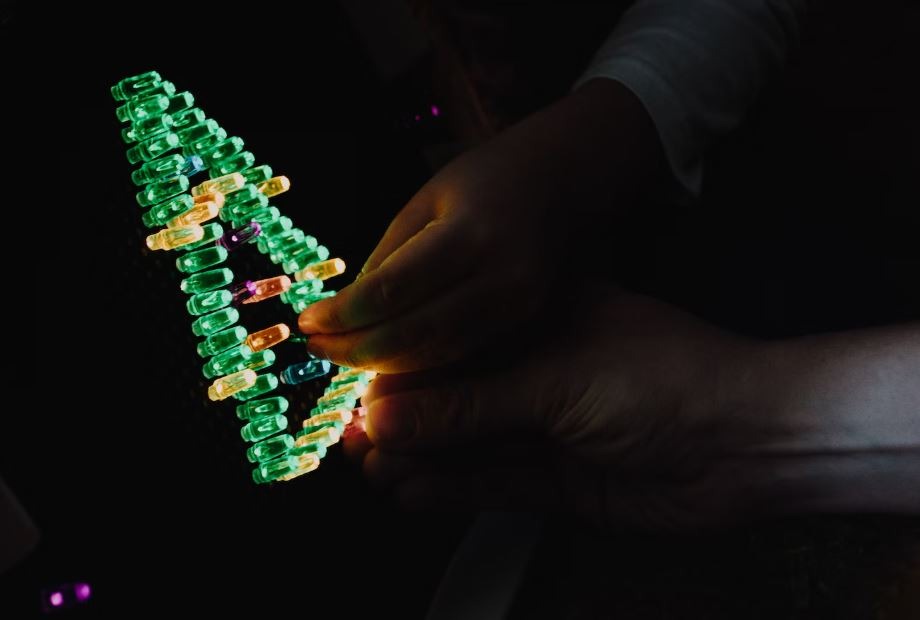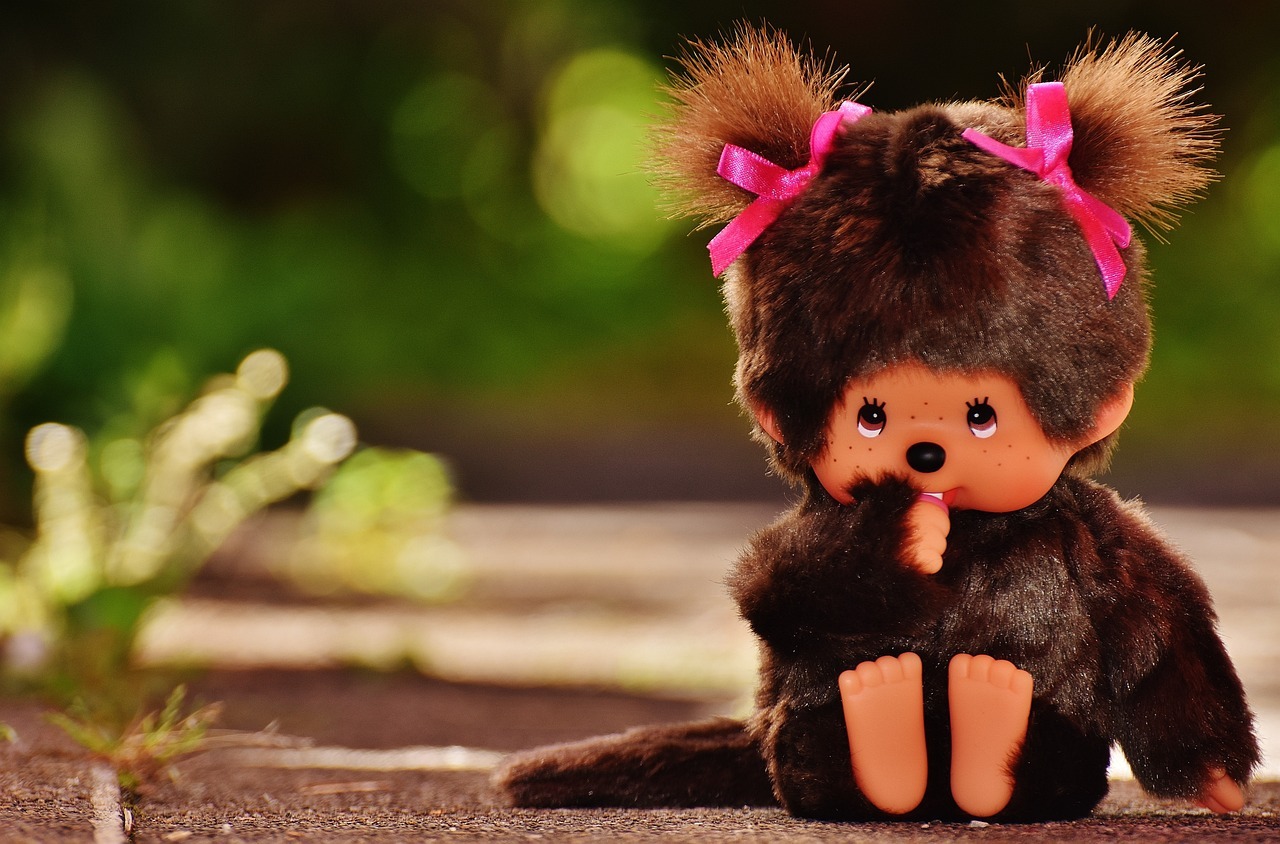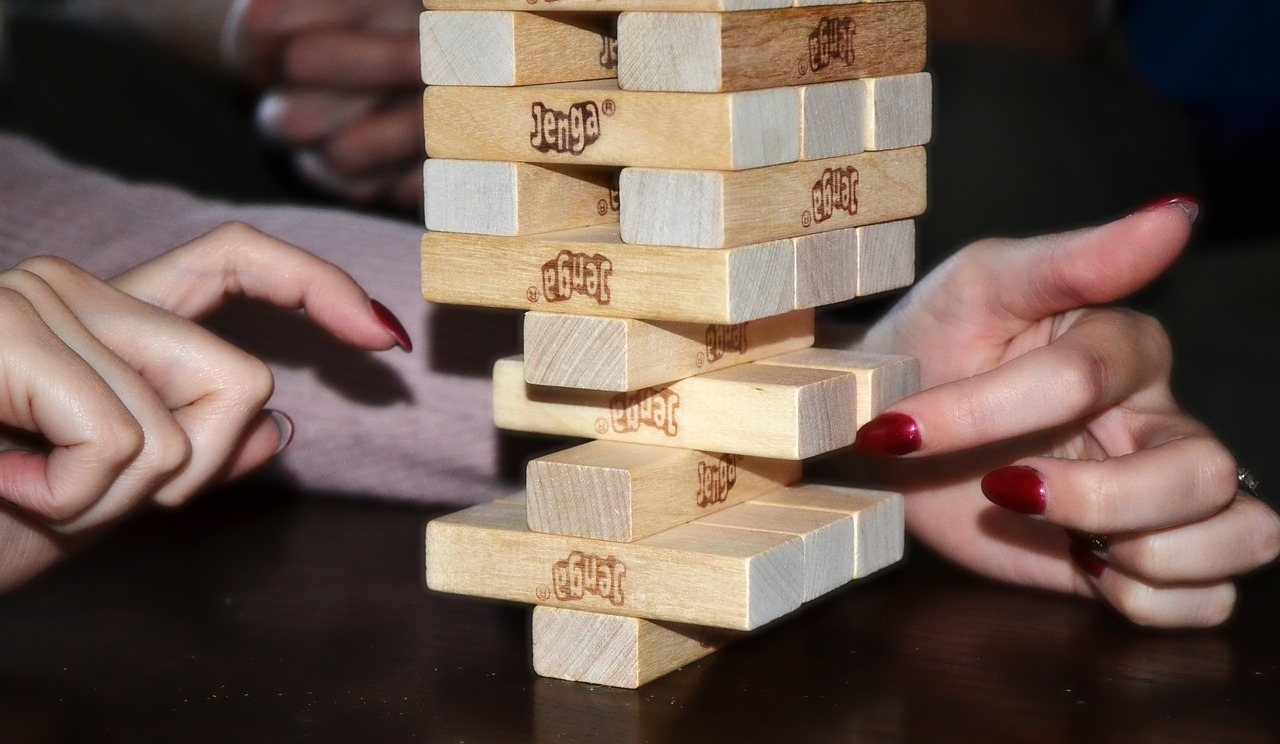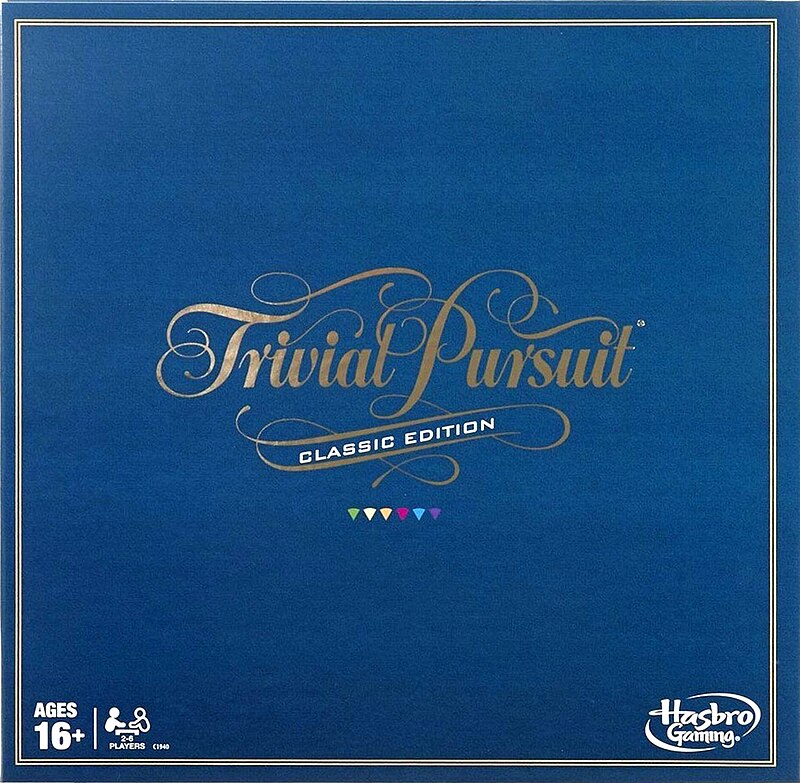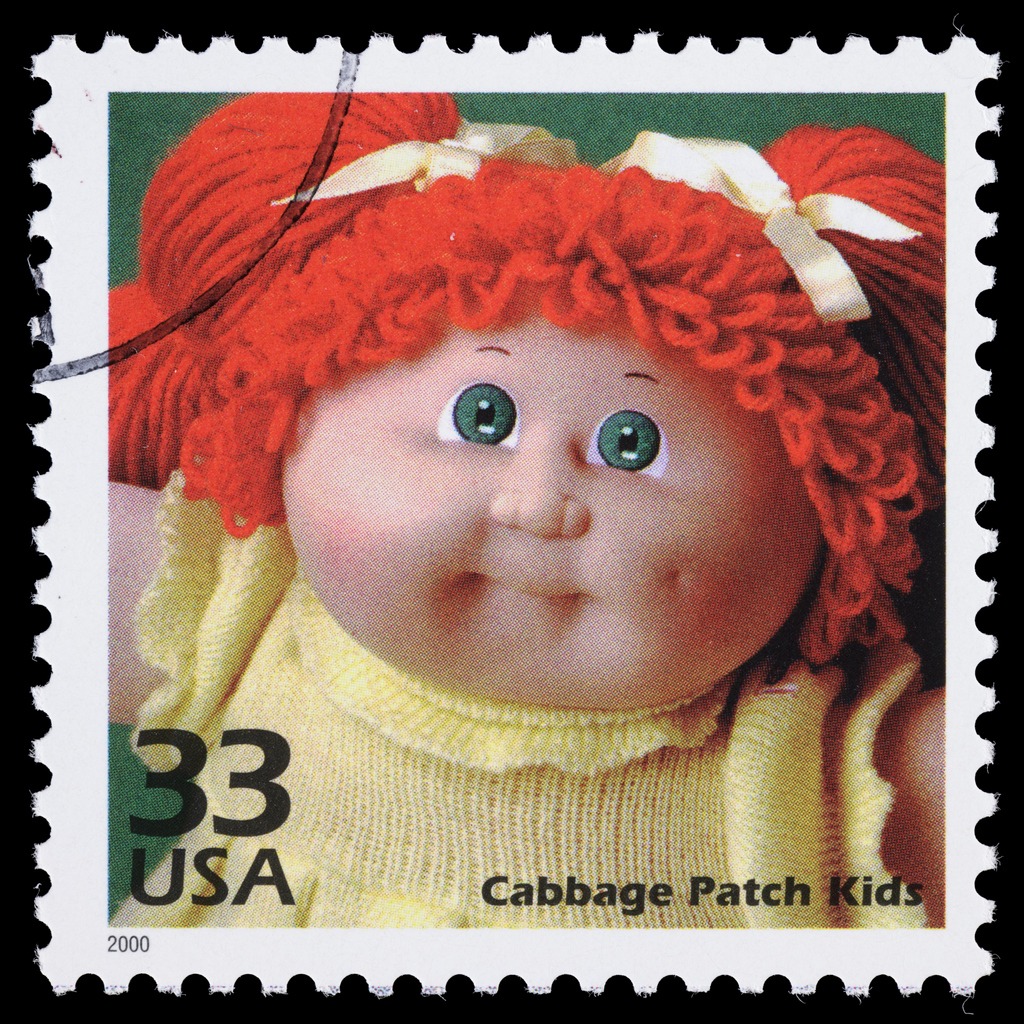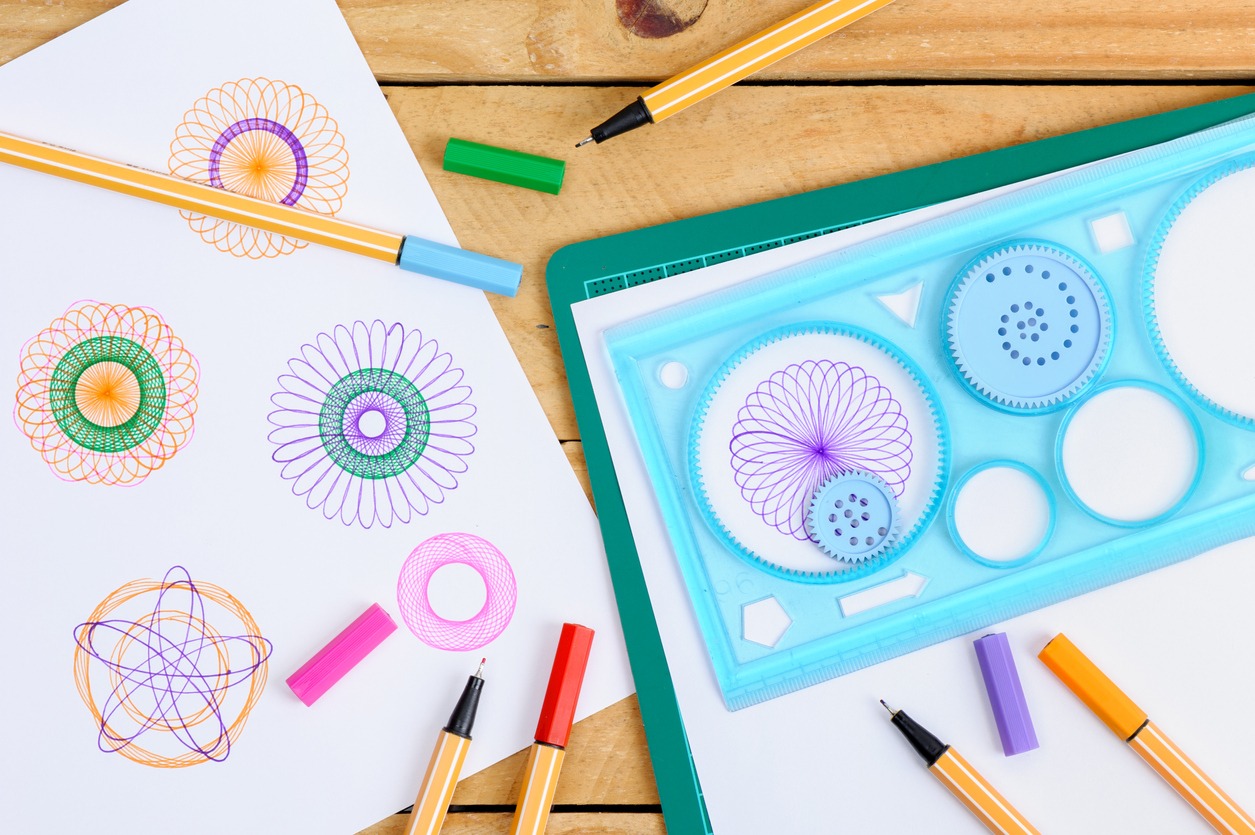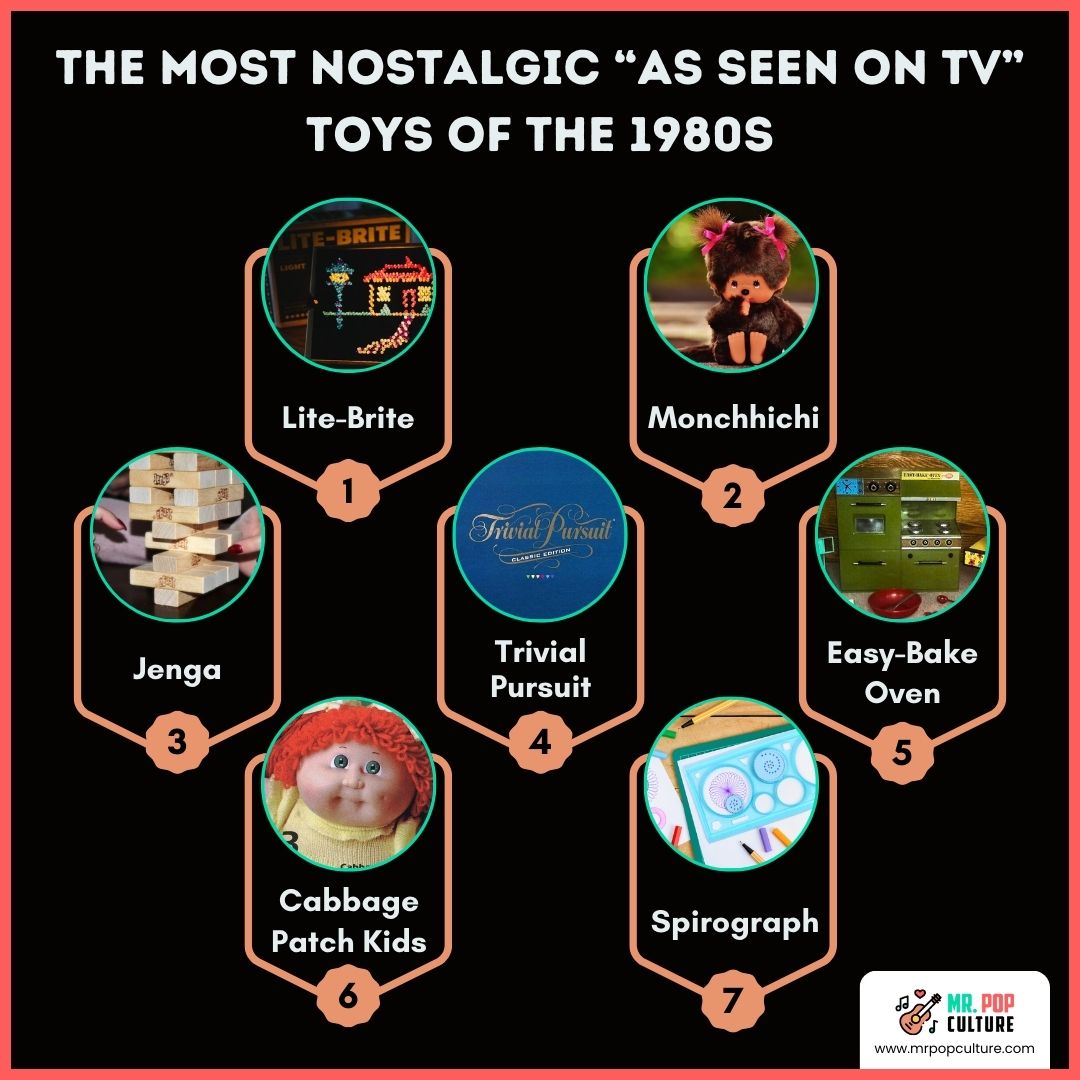The 80s was a decade that was filled with neon colors and energetic music. Interestingly, the colorful and energetic vibes of the decade were also evident in the toys that were released or became popular in the 80s. Some of these toys have become best-sellers because of how well their companies have marketed them through print ads or TV ads, which were quite common in the 80s. To know more, here is a list of the most nostalgic “as seen on TV” 80s toys.
Lite-Brite
Lite-Brite is a toy that was released in 1967 and featured a lightbox where you can play with small and translucent plastic pegs that are painted in different colors. The small plastic pegs can make the light inside the box change colors, and it is through the pegs that children and adults can create art pieces.
Lite-Brite was invented by a trio of toy designers named Burt Meyer, Joseph M. Burck, and Dalia Verbickas, who were working for a toy and game design company called Marvin Glass and Associates during the invention of Lite-Brite. Meyer was the leader of the project, Burck designed the actual appearance of the toy, and Verbickas was responsible for the idea of using translucent boards and pegs. Marvin Glass and Associates would later license Lite-Brite to Hasbro, one of the biggest toy companies in the world.
Decades after the invention of Lite-Brite, it is still considered one of the most popular toys currently available. Because of its popularity, it was inducted into the National Toy Hall of Fame in 2022, and it was even named one of the top 100 toys of all time by the renowned Time Magazine.
Monchhichi
Monchhichi is a line of stuffed monkey toys that was released in 1974 by a Japanese toy company called Sekiguchi Corporation. While the monkey toys were quite popular in Japan during the 1970s, it was only in the 1980s, specifically when Mattel got a hold of the toys’ license, that they became best-sellers in the United States.
The Monchhichi toy line was created by toy designer Yoshiharu Washino on January 25, 1974. Sekiguchi Corporation explained that the name of the toy line is derived from the French words “Mon” (which means “Mine” in English) and “Chichi,” which is an onomatopoeia of the sound that a child’s pacifier makes. The word “Chichi” can also be attributed to the sound that monkeys make.
Mattel would buy the Monchhichi license in 1980, which then allowed Mattel to distribute and sell the stuffed monkey dolls in the United States. It became popular in the early and mid-1980s, thanks to the American cartoon show “Monchhichis,” which was produced by Hanna-Barbera and aired in 1983 on ABC. Due to poor sales, Mattel discontinued the American version of the Monchhichi toy line in 1985. Fortunately, the toy line was reintroduced in 2004, although it was already Sekiguchi Corporation that handled the distribution and sales of the toys in the United States.
Here are three Monchhichis that you can check out online:
Jenga
Jenga is a tower game that was invented by author and board game designer Leslie Scott in the early 1980s. The objective of the game is for one or more players to remove one block from the lower portion of the tower (that is built using multiple blocks) and place it on the top of the tower. The players would take turns removing one block from the tower, and whoever topples the tower is eliminated from the game.
Jenga was based on a game that Leslie Scott and her family played in the early 1970s that used children’s wooden building blocks. The name of the game is derived from the Swahili word “kujenga,” meaning “to build.” Scott later launched the game and trademarked the word “Jenga” at the London Toy Fair that was organized in January 1983. Leslie Scott first sold boxes of Jenga through her own company called Leslie Scott Associates, but the game was eventually bought by Hasbro, who launched Jenga under the Milton Bradley brand in 1987.
Jenga remains one of the most popular tabletop games today, and its popularity can be attributed to the many TV commercials, print ads, and other marketing strategies that were implemented by Hasbro throughout the years. Besides the original version, other versions of Jenga were also released in different decades, including Transformers Jenga, The Walking Dead Jenga, Godzilla Jenga, and Harry Potter Jenga.
Trivial Pursuit
Trivial Pursuit is another game that became very popular in the 1980s, but instead of being a physical game like Jenga, Trivial Pursuit is a mental game wherein players would have to answer questions that are related to trivia and pop culture. Trivial Pursuit was invented on December 15, 1979, by Scott Abbott (an editor for the sports section of The Canadian Press) and Chris Haney (a photo editor for the Montreal Gazette). They created Trivial Pursuit after their Scrabble game was missing a few pieces, and the idea for the questions was derived from their love of trivia and pop culture.
The first version of Trivial Pursuit was released in 1982, and by 1988, Parker Brothers (which would later become a part of Hasbro) would acquire the license to produce and sell the said game. Trivial Pursuit would go on to be one of the most popular board games in the world, as Hasbro was able to sell more than 100 million units of the game in more than 20 countries.
The popularity of Trivial Pursuit led to the creation of several game shows based on the board game, and these shows include the American version of the Trivial Pursuit game, the British version of Trivial Pursuit, and Trivial Pursuit: America Plays.
Here are three editions of Trivial Pursuit that you can buy online:
Easy-Bake Oven
The Easy-Bake Oven is a toy oven that was first released in 1963 by Kenner, a toy company that is more known for producing the popular Star Wars action figures in the 1970s and 1980s. Unlike most toy ovens that were available in the 60s, 70s, and 80s, the Easy-Bake Oven actually works and can bake cookies or cakes. The original Easy-Bake Ovens used incandescent light bulbs as a heat source, but the current versions that are manufactured by Hasbro actually use a true heating element that is created through electricity.
To market the Easy-Bake Oven, Kenner created a mascot called the “Gooney Bird” with the help of Jim Henson, the creator of the Muppets, a cast of puppet characters that appeared in various television shows, movies, comic books, and other forms of entertainment. One of the most notable shows that featured the Muppets is Sesame Street, which began airing on PBS (Public Broadcasting Service) in 1969. Sesame Street is one of the longest-running TV shows in the world, as it has more than 55 seasons and over 4600 episodes.
The Gooney Bird mascot appeared in numerous TV commercials in the late 1960s and early 1970s, and in some of those commercials, the mascot was accompanied by a child actress named Barbara Price in order to market the product better to young girls. Because of the popularity of the Gooney Bird, Jim Henson repurposed the mascot’s design to create a new character called Little Bird, who was supposed to be the smaller counterpart of Big Bird (the large yellow bird-like Muppet character) in Sesame Street. Even though the Gooney Bird was created to help popularize the Easy-Bake Oven, the popularity of the product later surpassed the mascot’s fame, so the Gooney Bird was eventually retired by Kenner.
Many sets of Easy-Bake Ovens already come with packets of cake mix and round pans that can fit inside the ovens. If the packets of cake mix run out, people can buy additional mixes separately through online shops or grocery stores. The Easy-Bake Oven gained a resurgence in popularity during the 1980s because of Kenner’s efforts to market the product through TV ads, similar to their strategy in the late 1960s. Although the Easy-Bake Oven isn’t as popular today compared to the 1980s, there are still plenty of kids and adults who buy the current versions of the toy.
Cabbage Patch Kids
Cabbage Patch Kids are a line of dolls with cloth bodies and plastic heads that were introduced in 1982 by toy and game company Coleco Industries. These Cabbage Patch Kids were inspired by the soft sculptured dolls called Little People, which were designed and sold by Xavier Roberts, who also created the Cabbage Patch Kids. However, the name of the toy line was actually created by licensing agent Roger L. Schlaifer, who came up with the name after acquiring exclusive licensing rights for the dolls in 1982.
Cabbage Patch Kids is regarded as one of the longest-running doll franchises in the United States, and even decades after its introduction, the cloth dolls are still quite popular among new generations of kids. The Cabbage Patch Kids was so popular that it was extended to include a children’s clothing line, sets of beddings, a line of clothing for infants, board games, and even musical albums.
Check out these three Cabbage Patch Kids dolls that you can purchase for your collection or as a gift to your loved ones:
- Cabbage Patch Kids Classic with Real Yarn Hair – Blonde/Blue Eyes
- Cabbage Patch Kids Classic with Silk Hair – Brunette/Blue Eyes
- Cabbage Patch Kids Clara Cow
Spirograph
Spirograph is a geometric drawing toy that enables users to create mathematical roulette curves on a sheet of paper with the use of stencil-like devices. These roulette curve devices can come in different colors and sizes, and they would often be stored in a box that also has pens included. Although the toy version of the Spirograph was developed by British engineer Denys Fisher in the early 1960s, the concept of the toy has actually been around since 1827, when an English architect and engineer named Peter Hubert Desvignes advertised his creation called a “Speiragraph,” which can create spiral drawings.
Denys Fisher first released the Spirograph in 1965 under his own company. It was in the 1980s when Fisher’s creation finally became one of the best-selling toys in the United Kingdom and the United States, and this is thanks to the popular TV commercials about the toys that were released in the said decade. Today, it is Hasbro that is producing and selling the Spirograph.
Conclusion
And those are some of the most nostalgic “as seen on TV” toys that were popular in the 1980s. If you are currently feeling nostalgic about these toys that you may have played with as a kid, then you are fortunate, as the toys we have mentioned above can still be bought today, although they are improved versions that are more durable than their 80s counterparts. Check out the links we have provided so that you can order the toys online.

